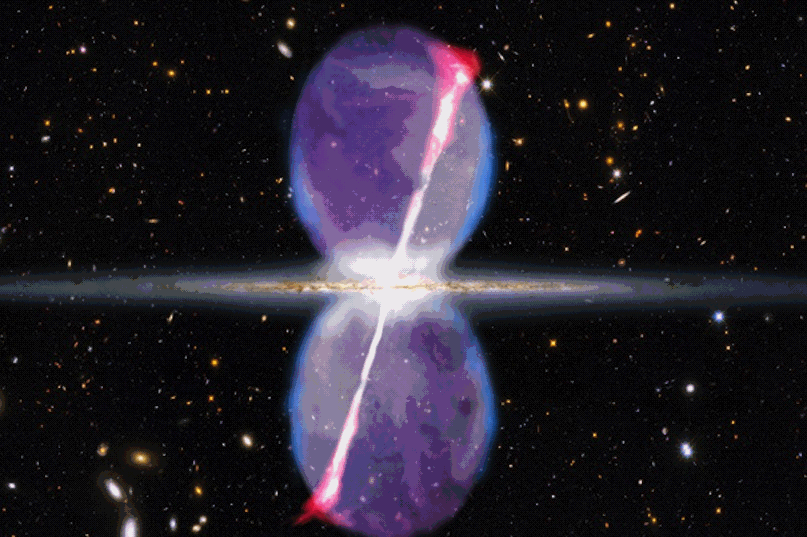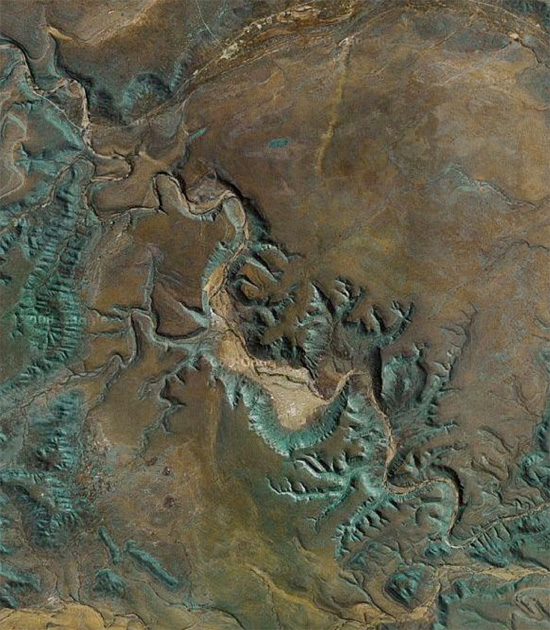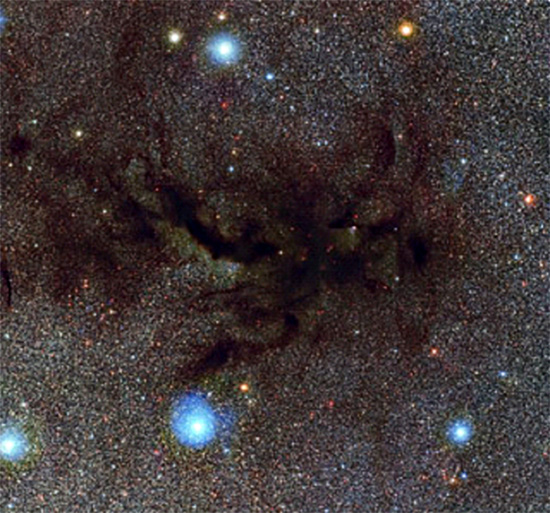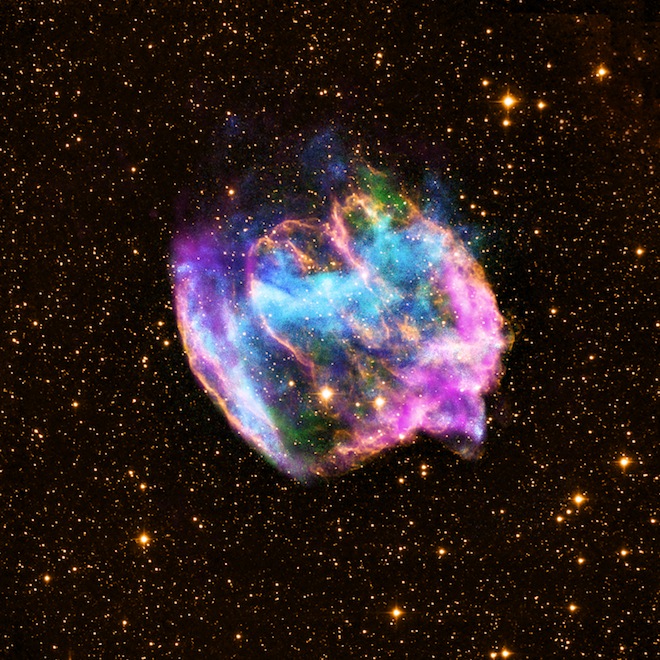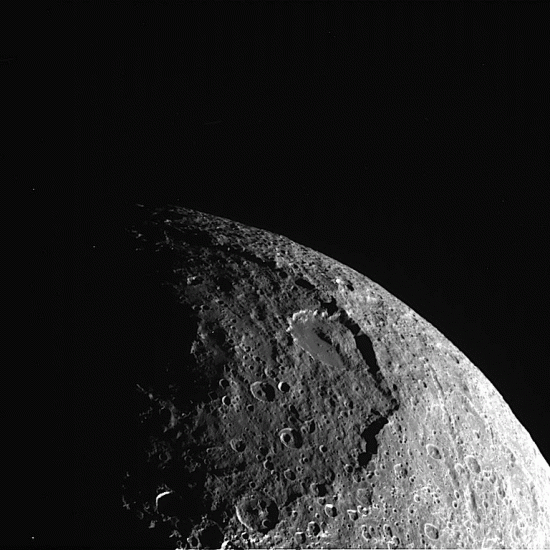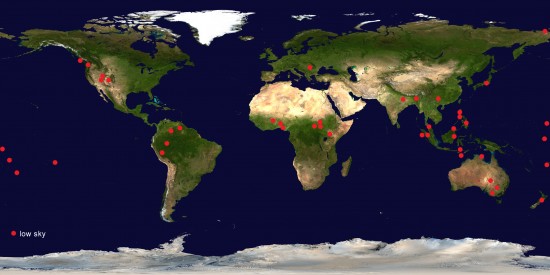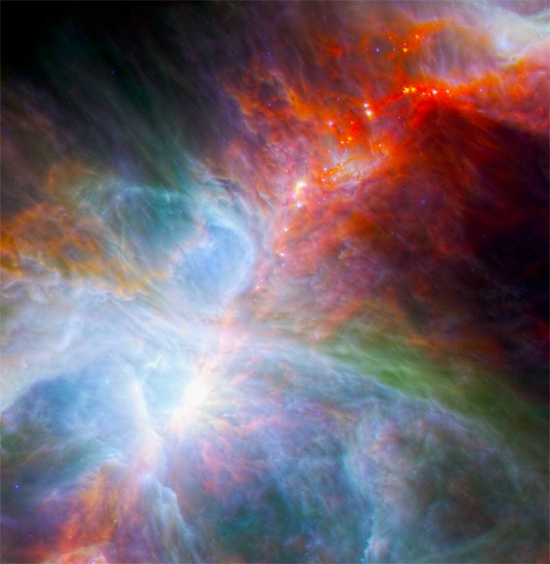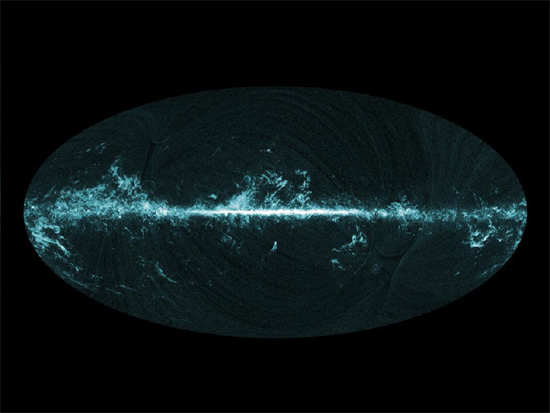Blasts of the Past, Part One

Shortly after dawn on 15 February 2013, a large meteor exploded over Chelyabinsk (Russia), generating a shockwave that injured some 1,200 people. According to the popular media, no other bolide on record is known to have caused so many casualties. Have any more violent impacts occurred within human memory?…





